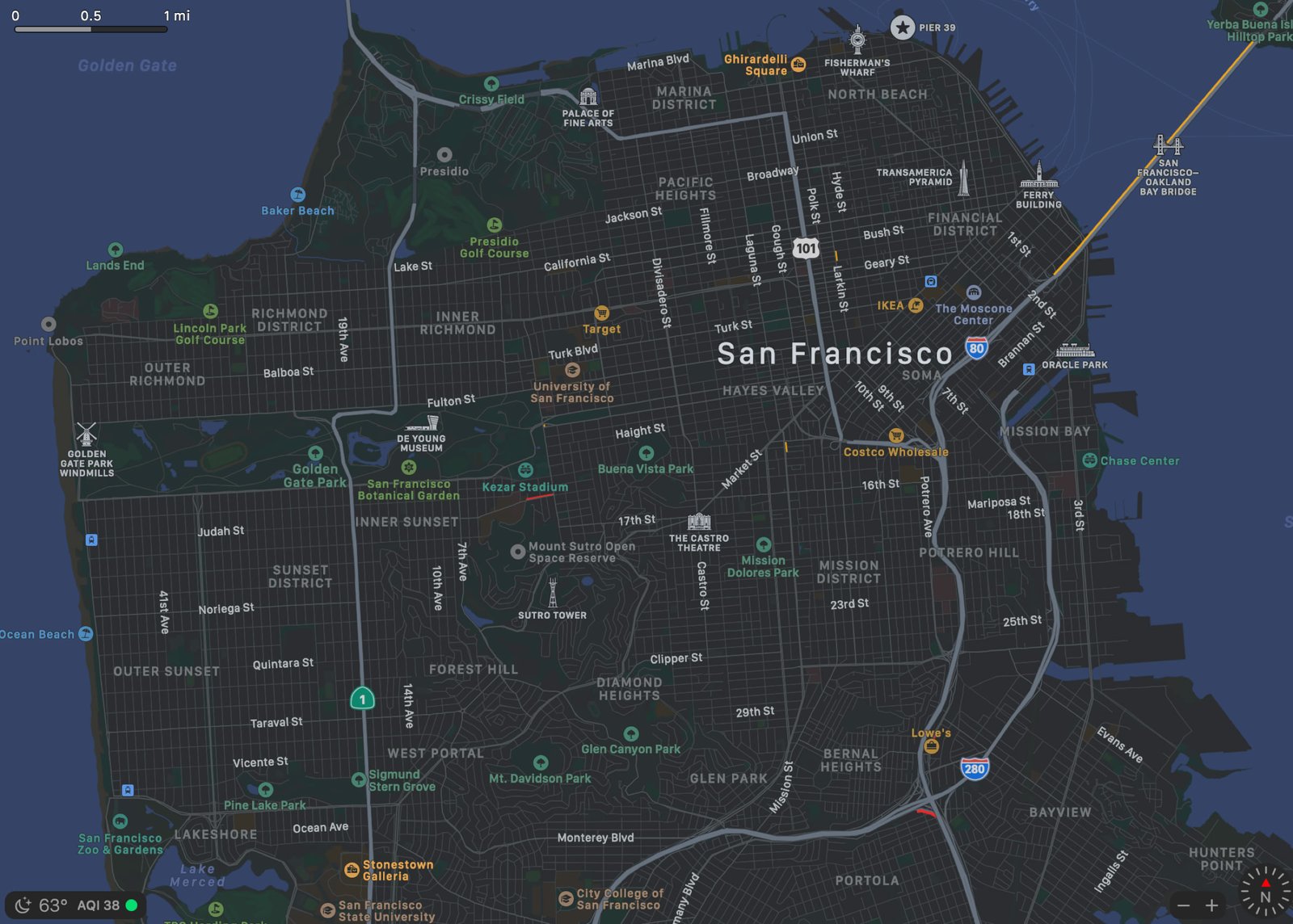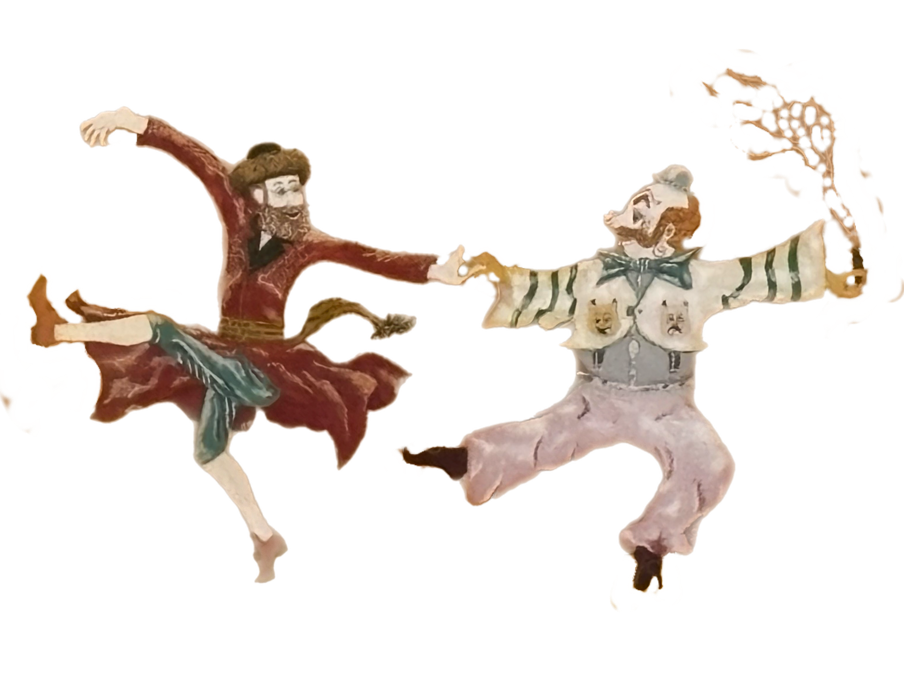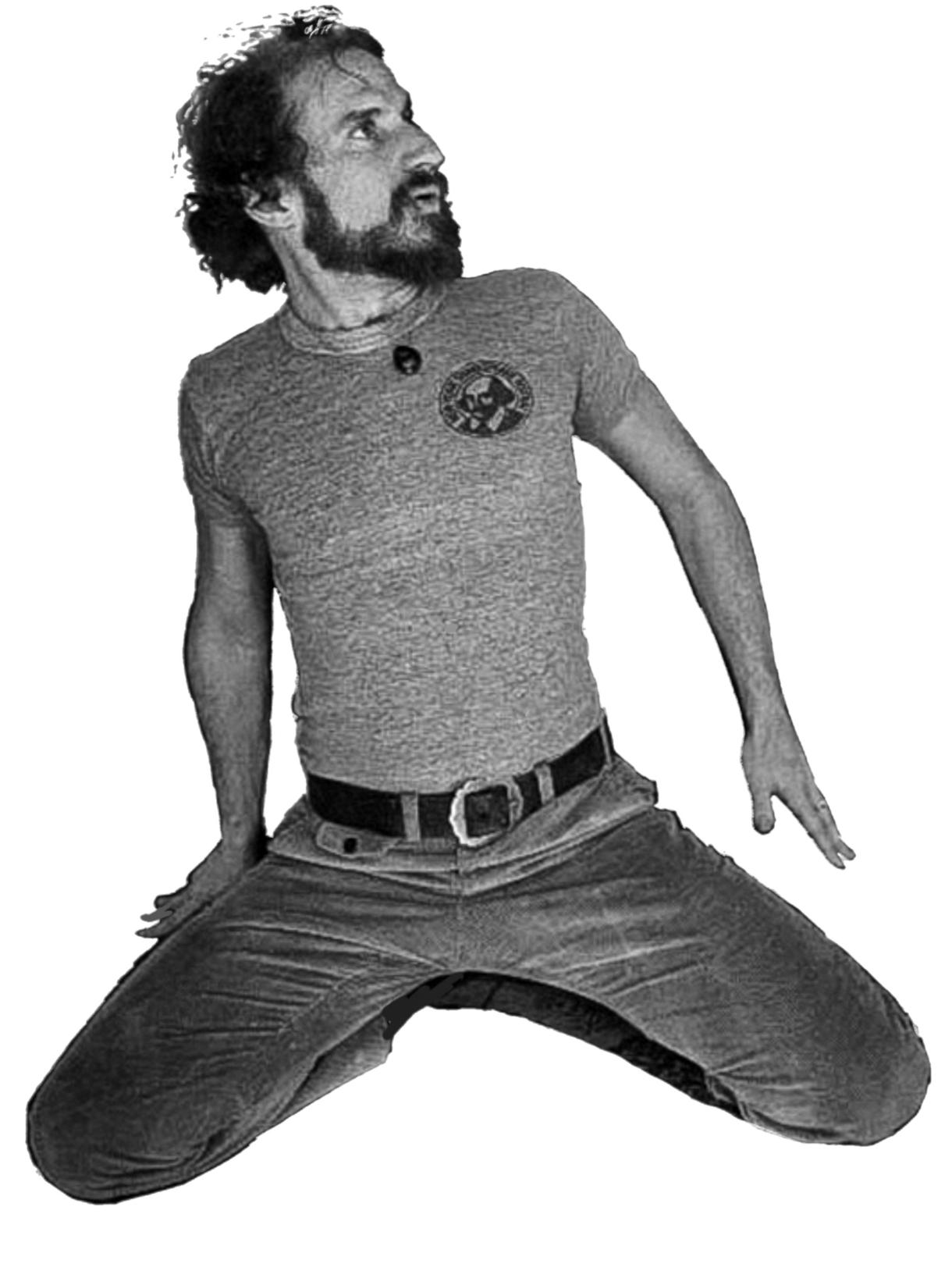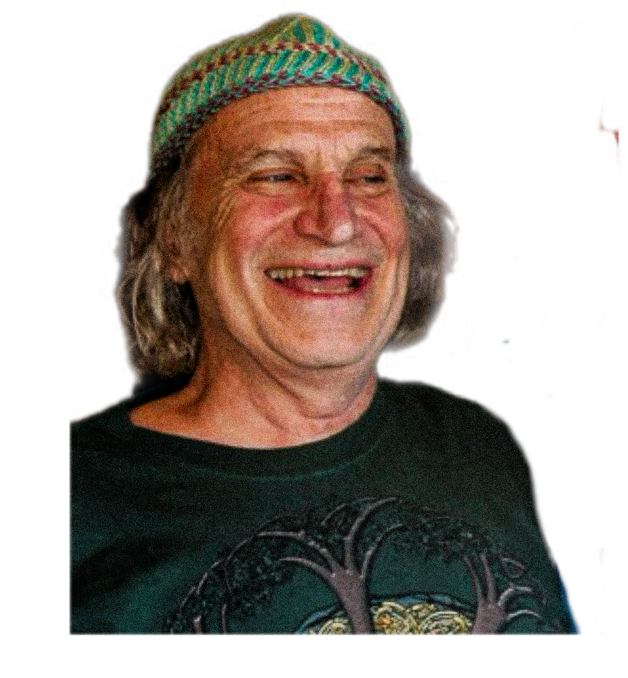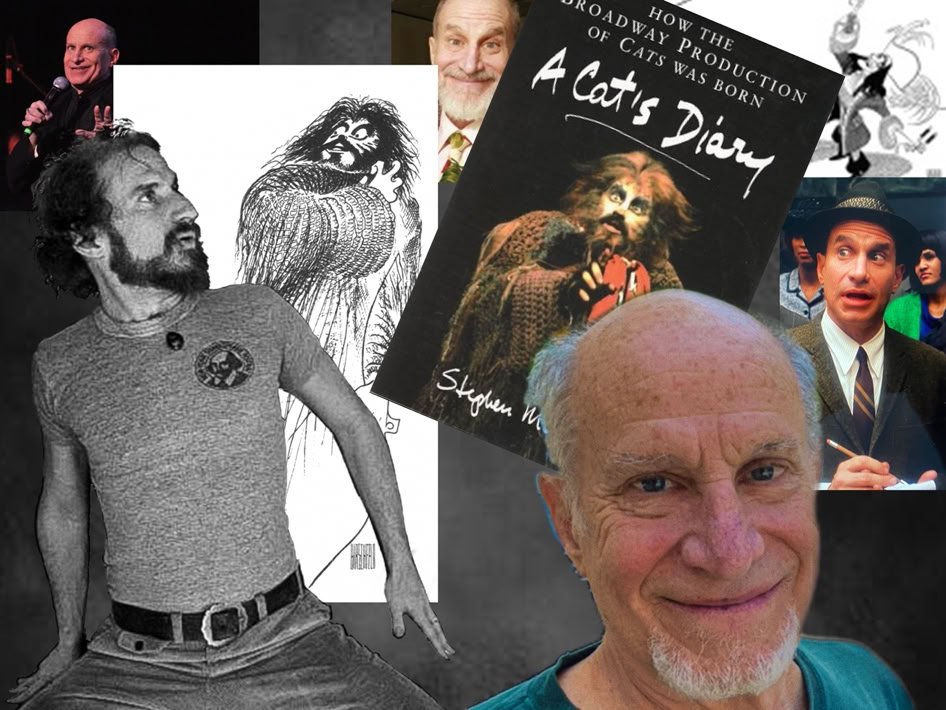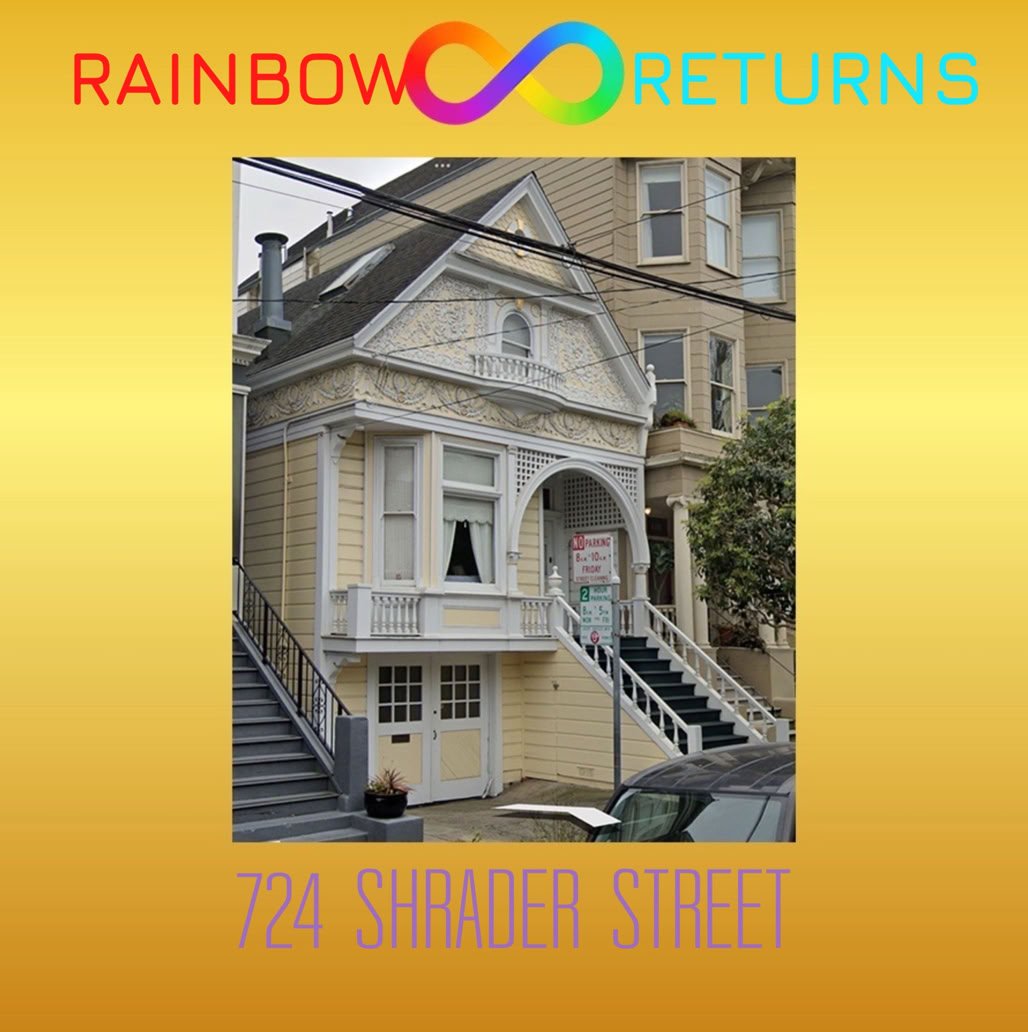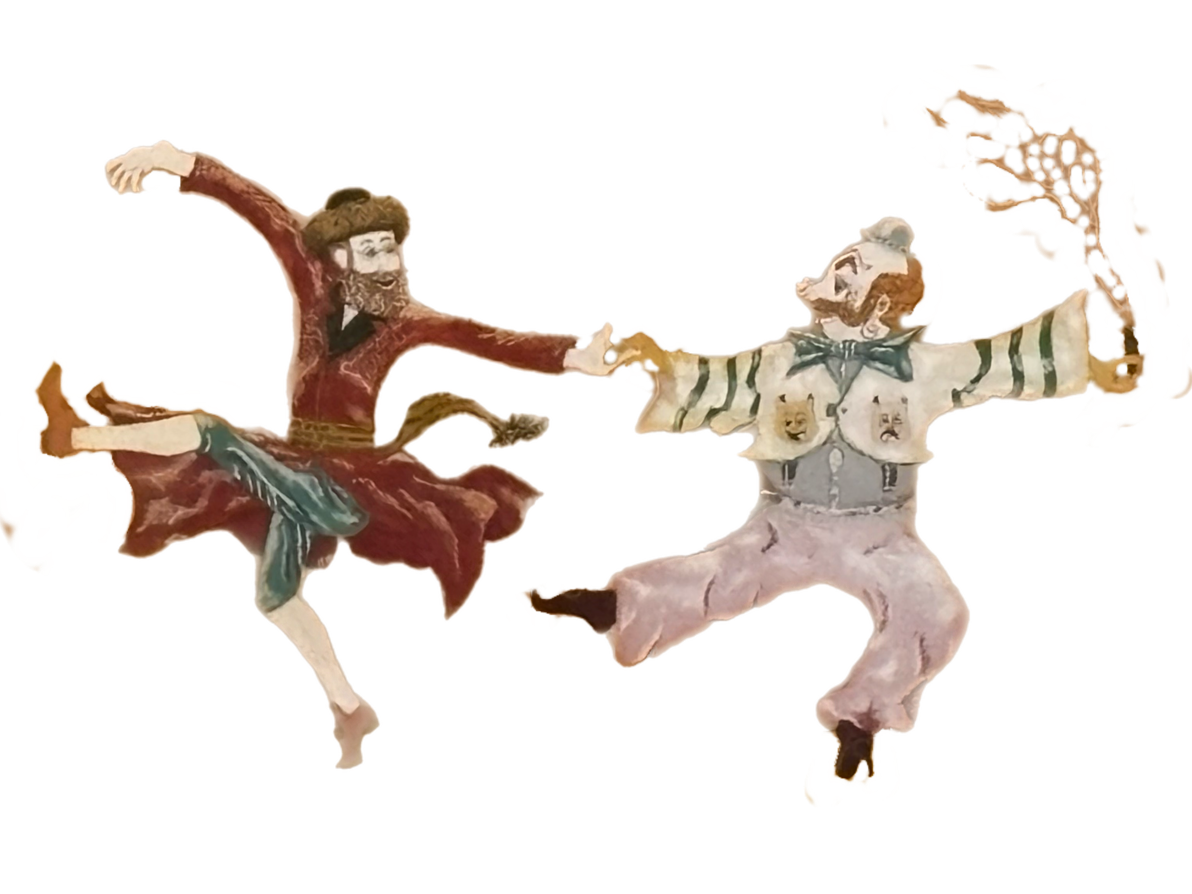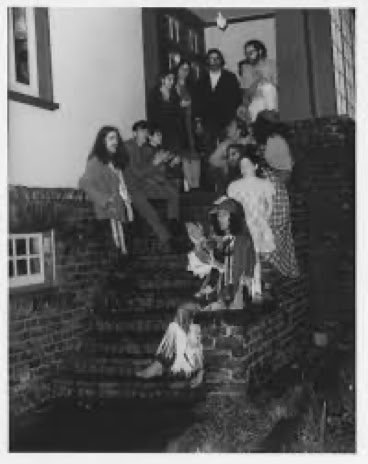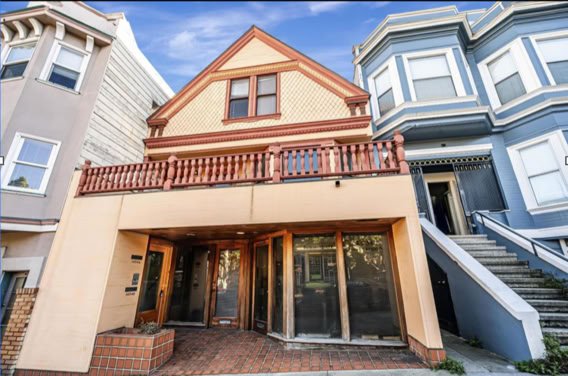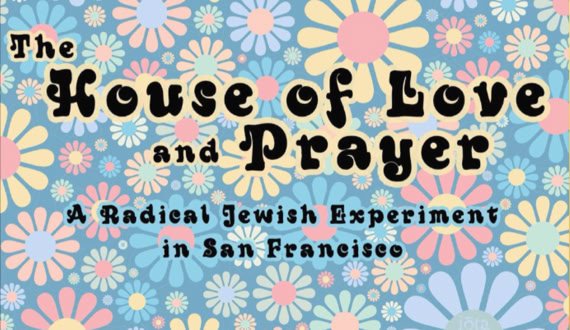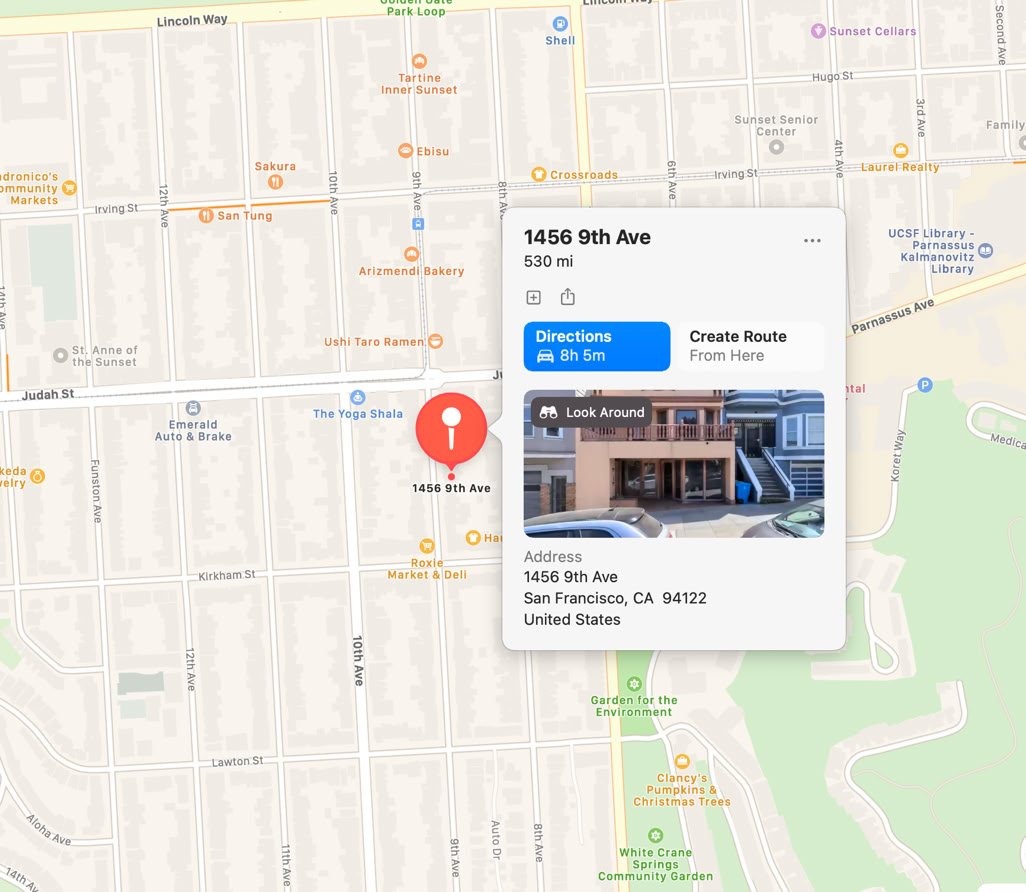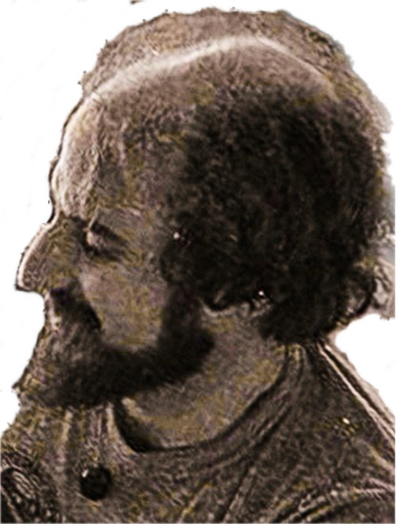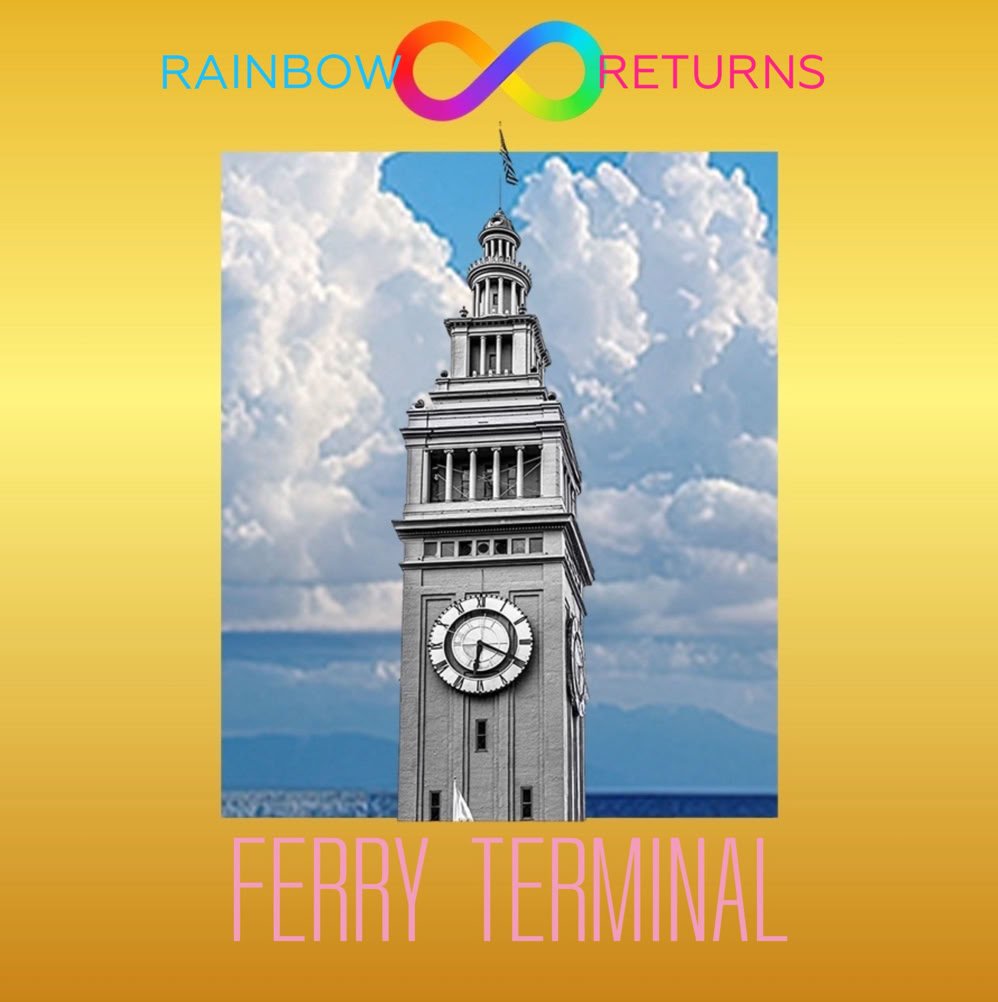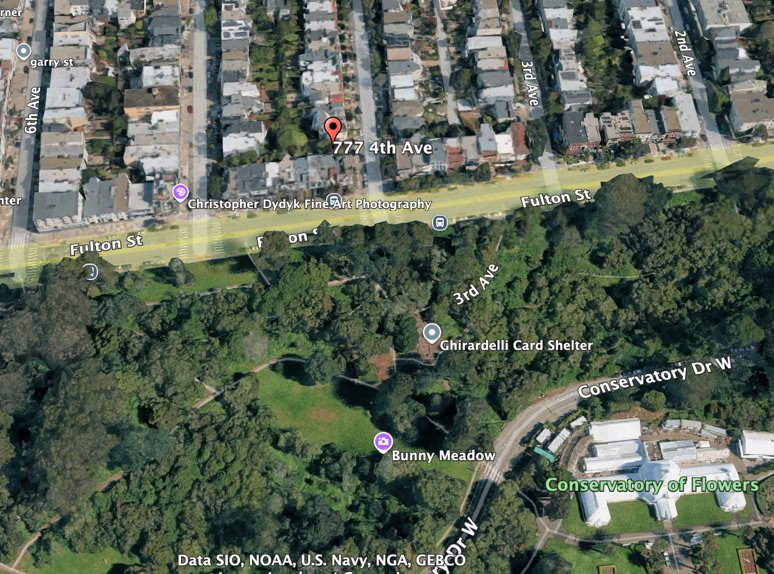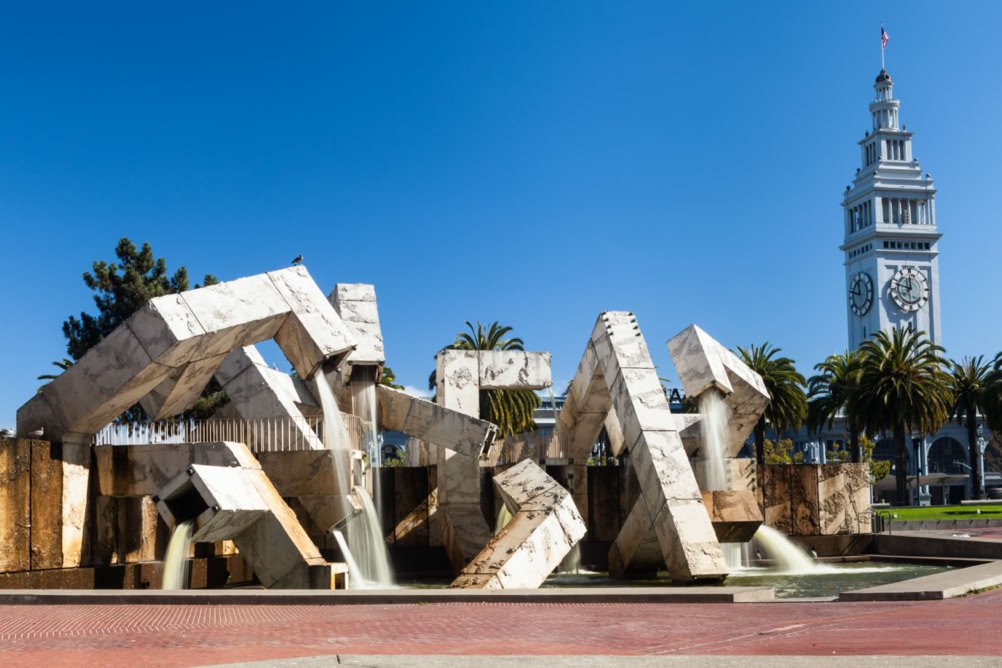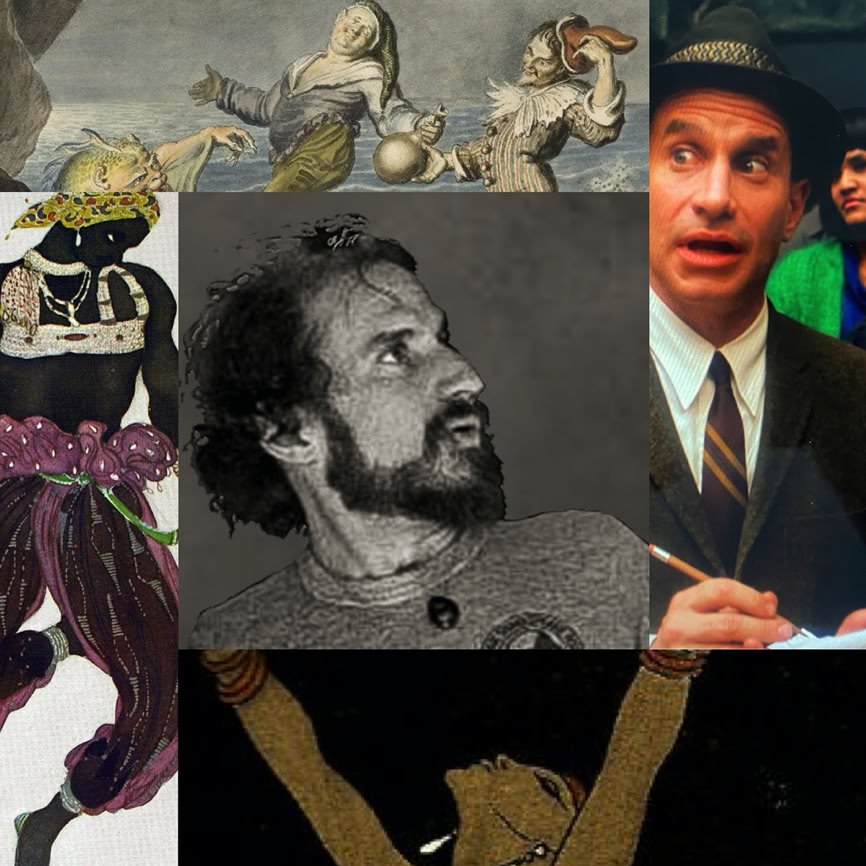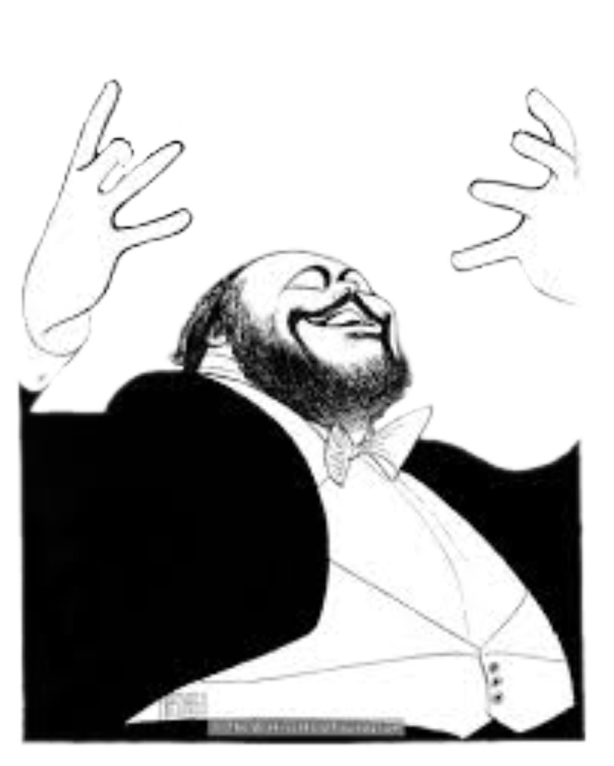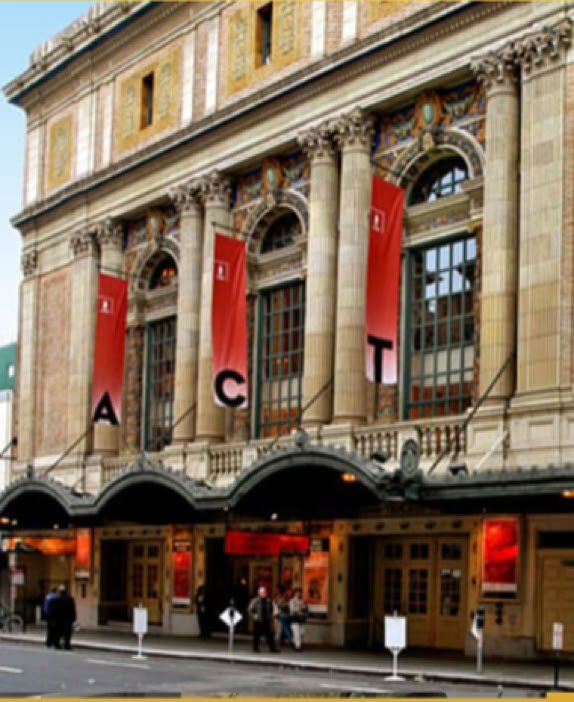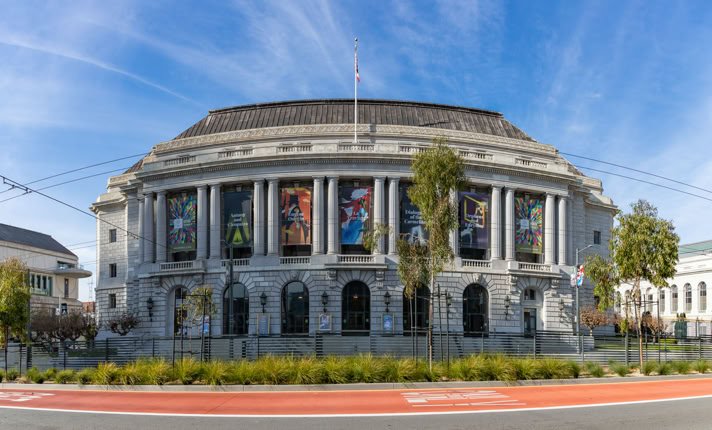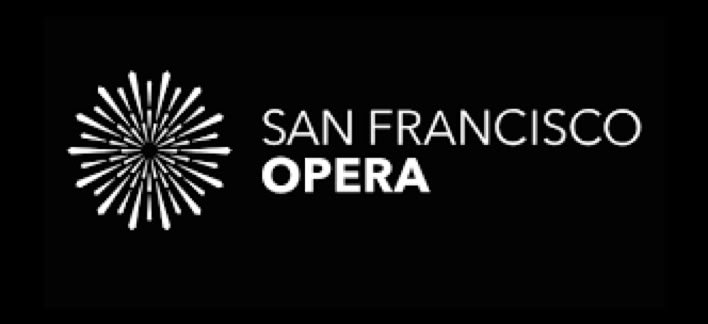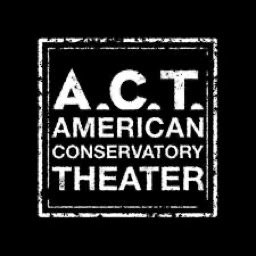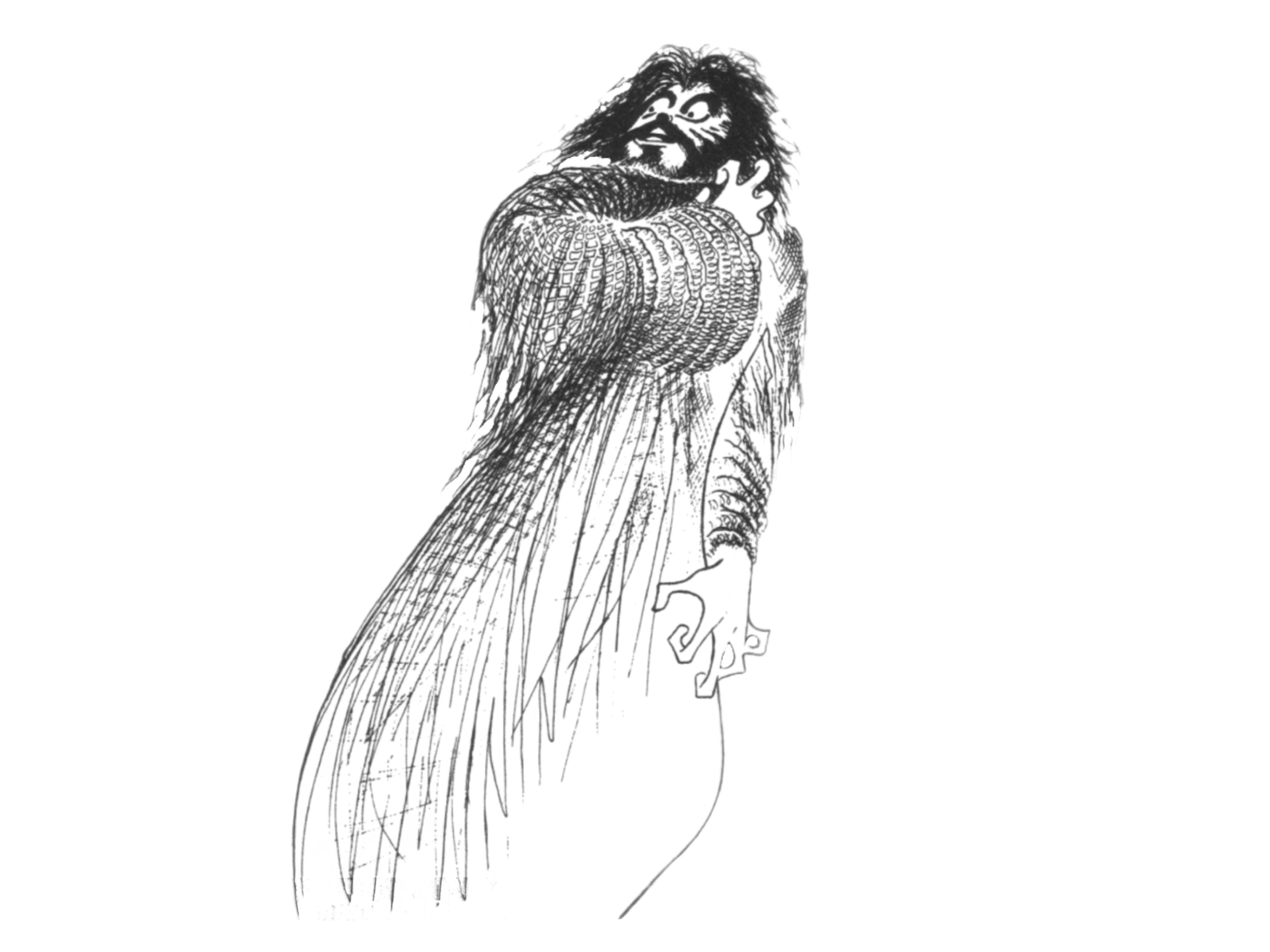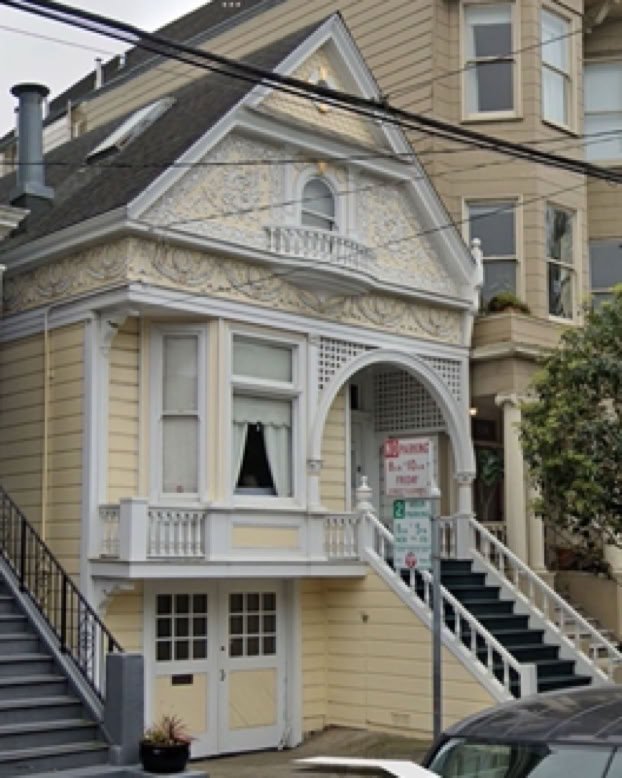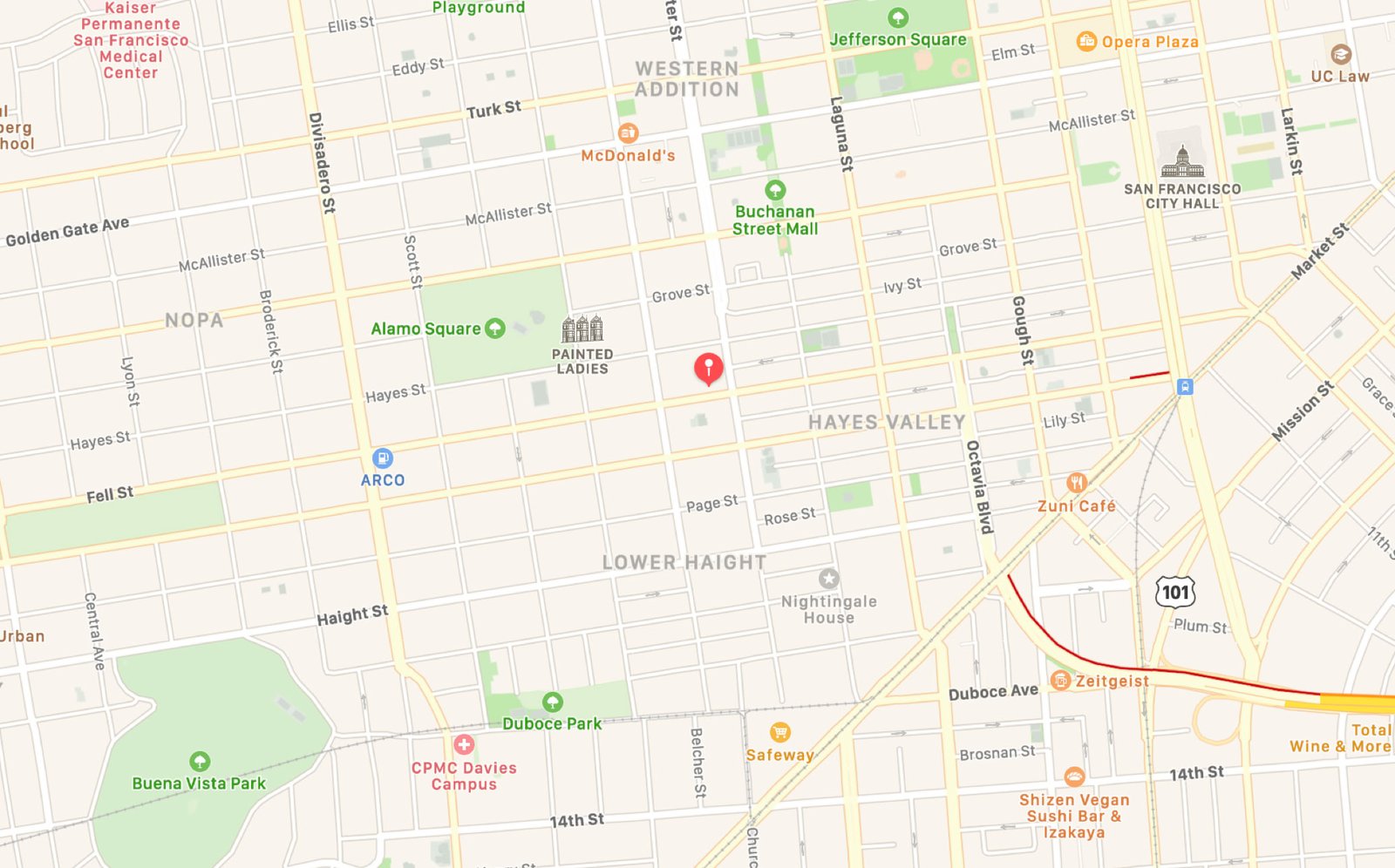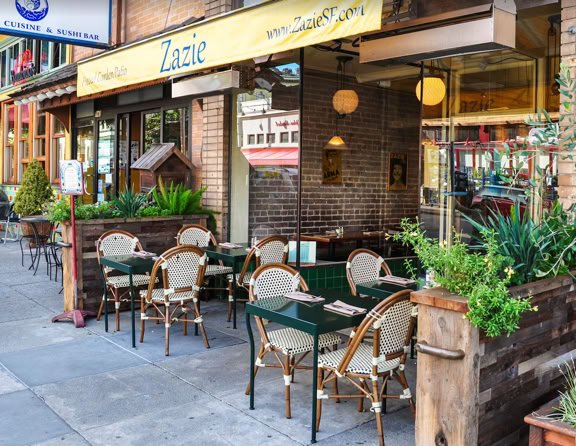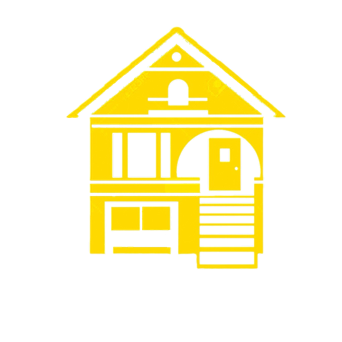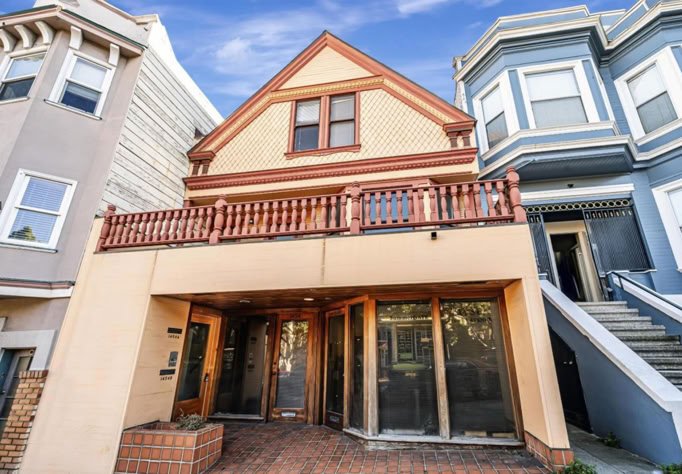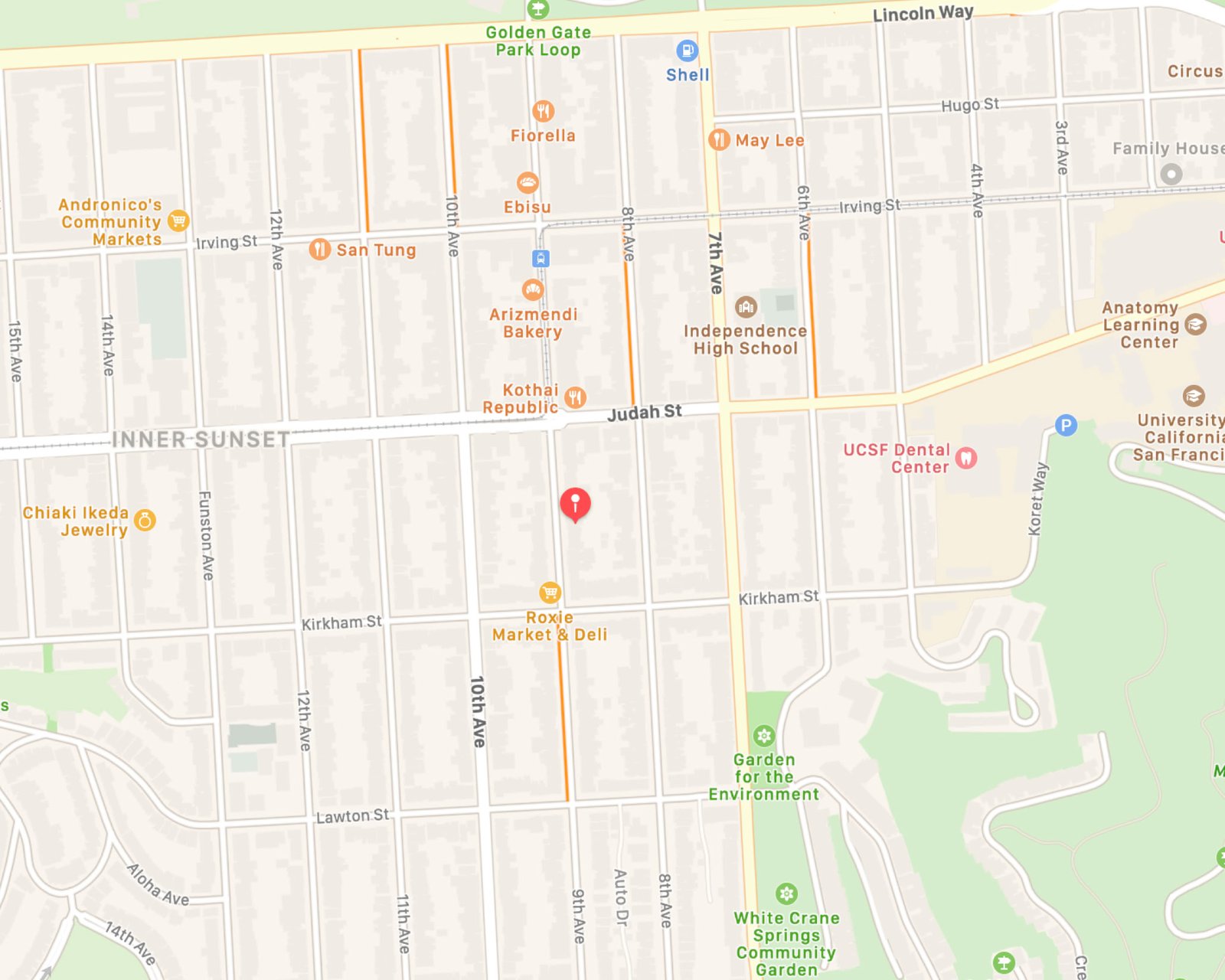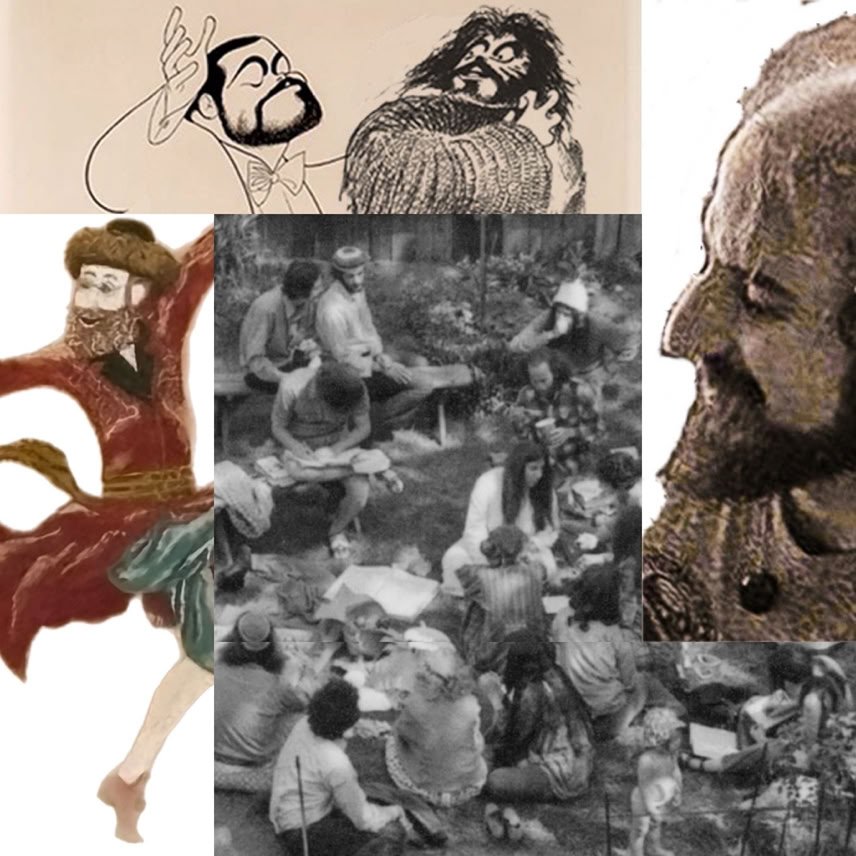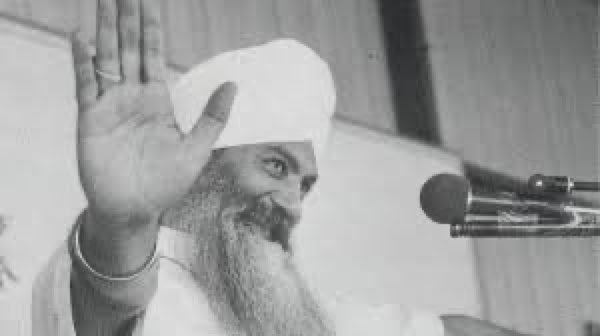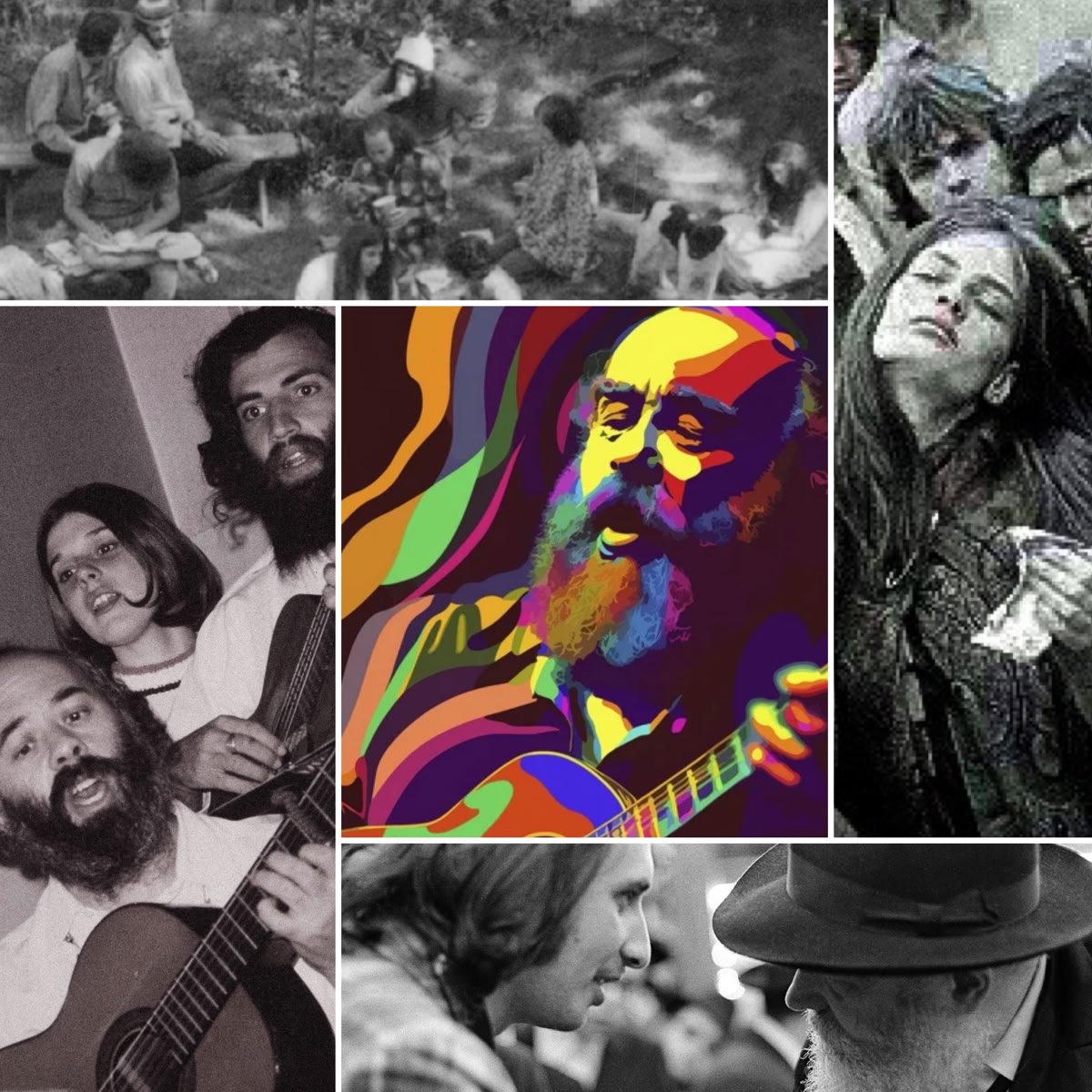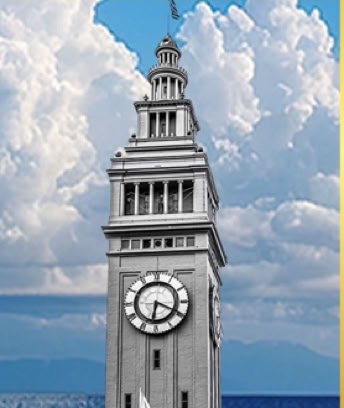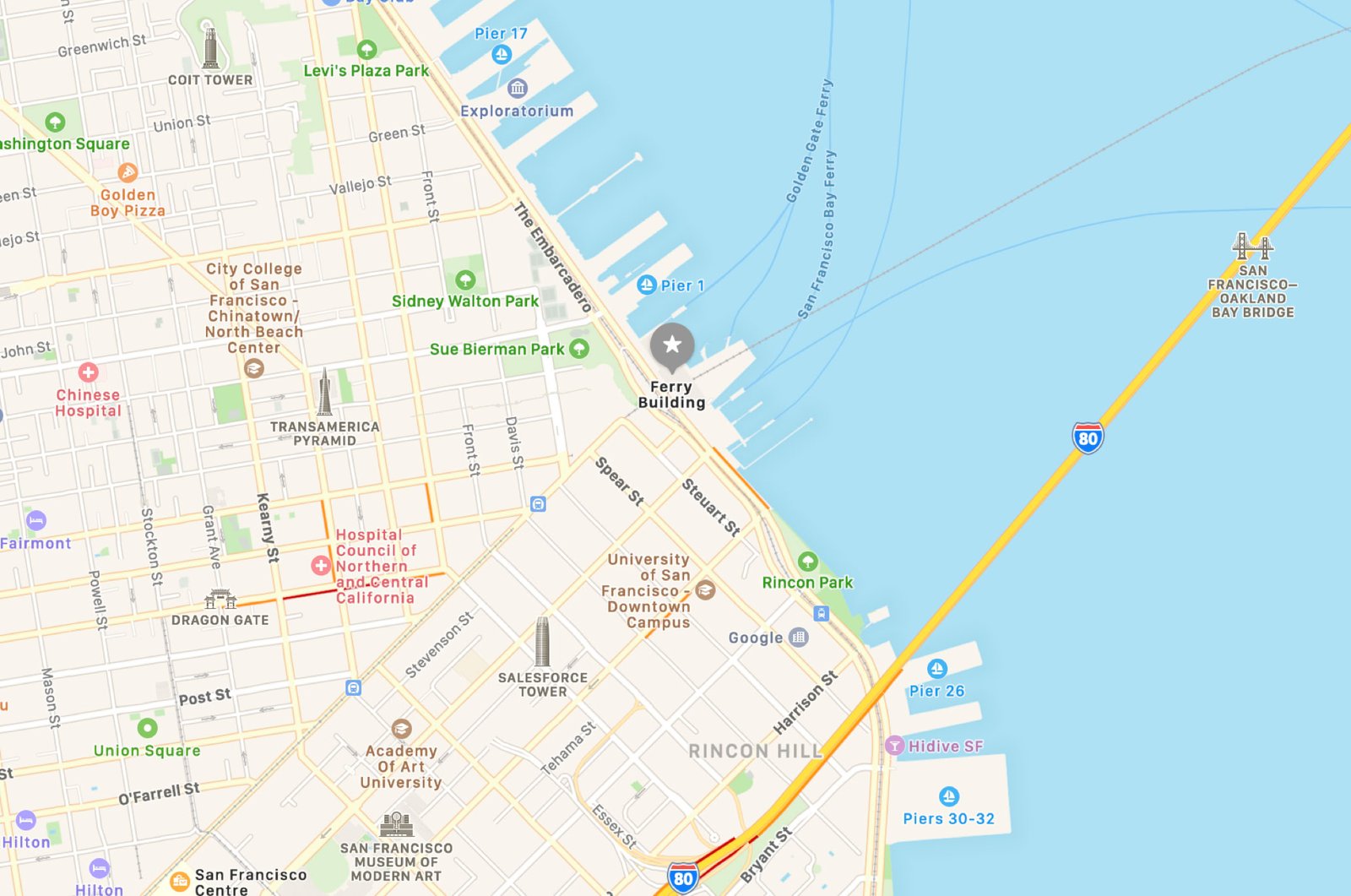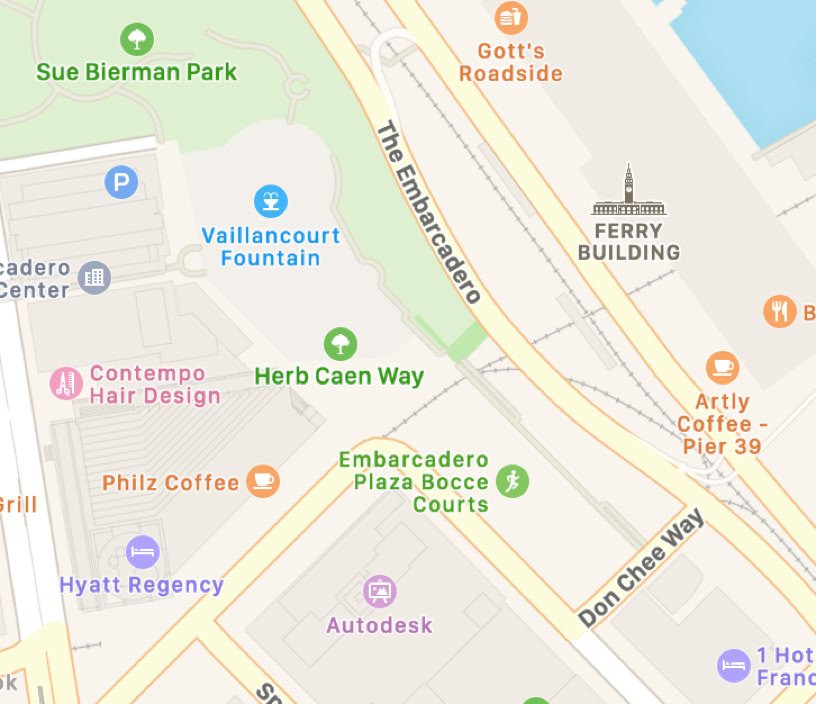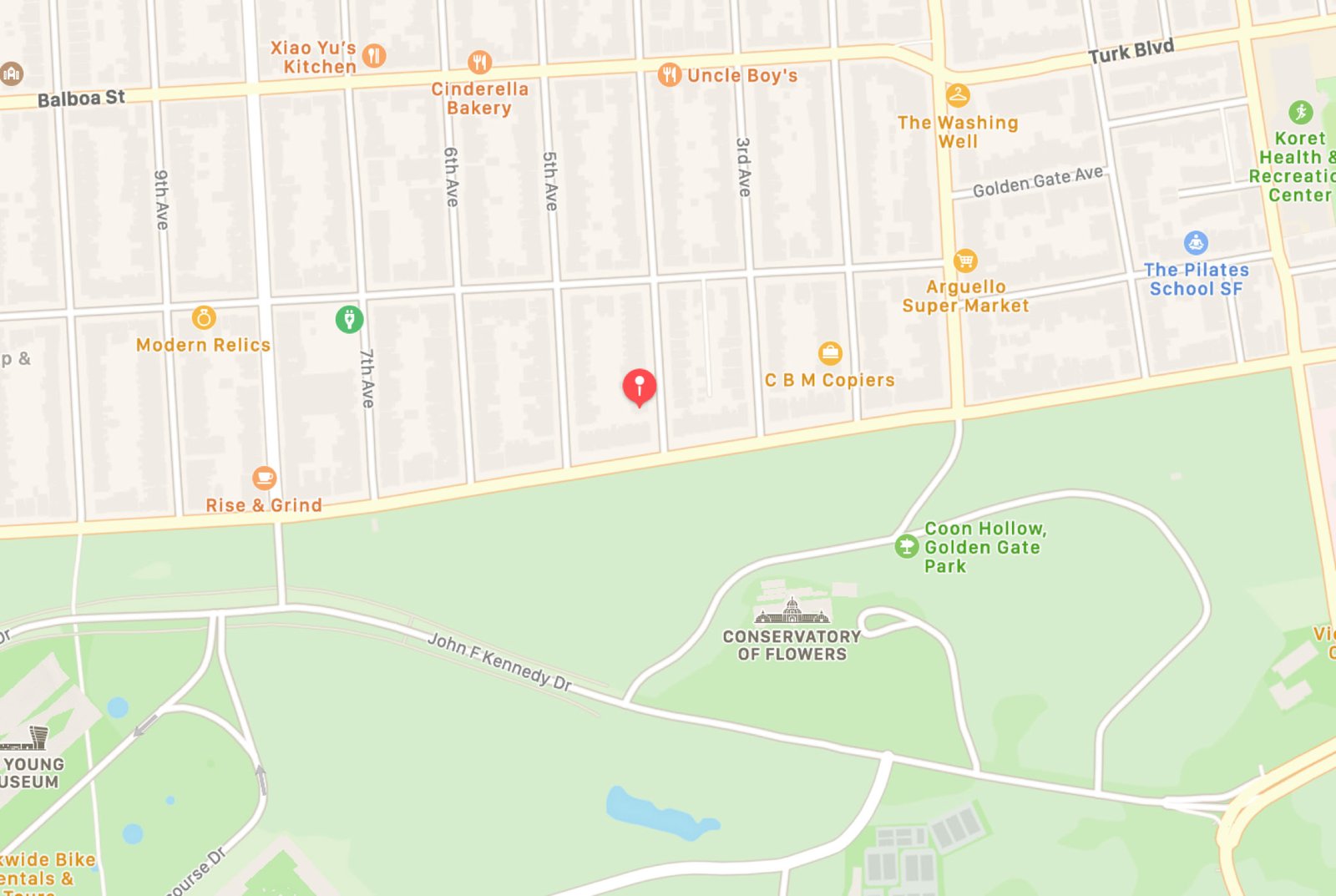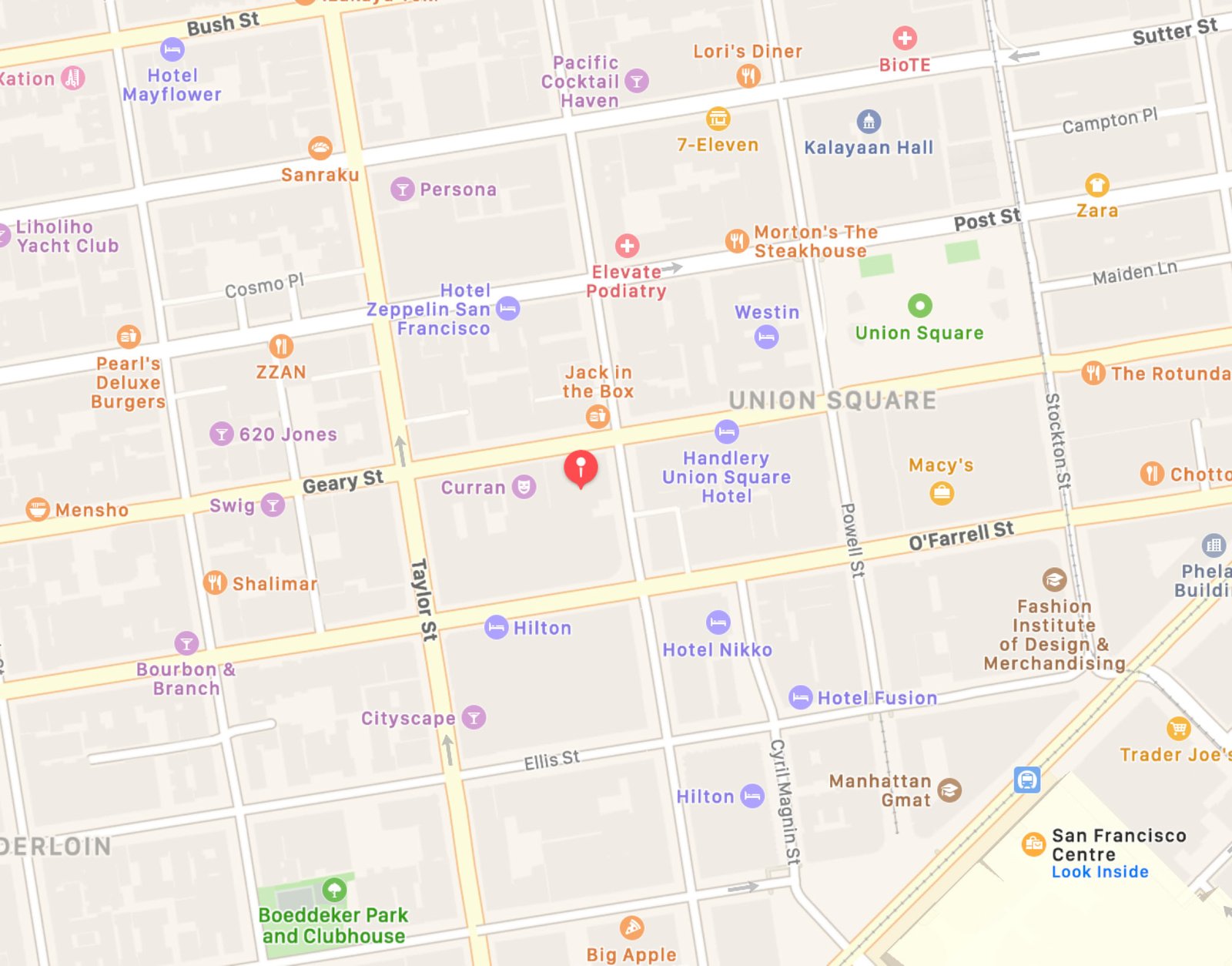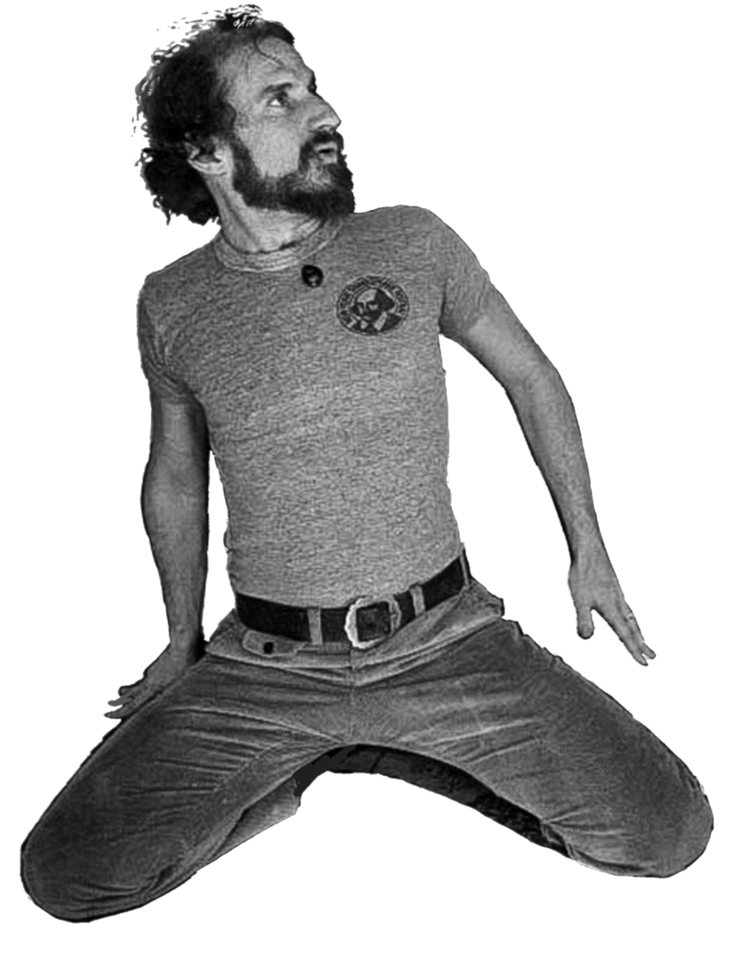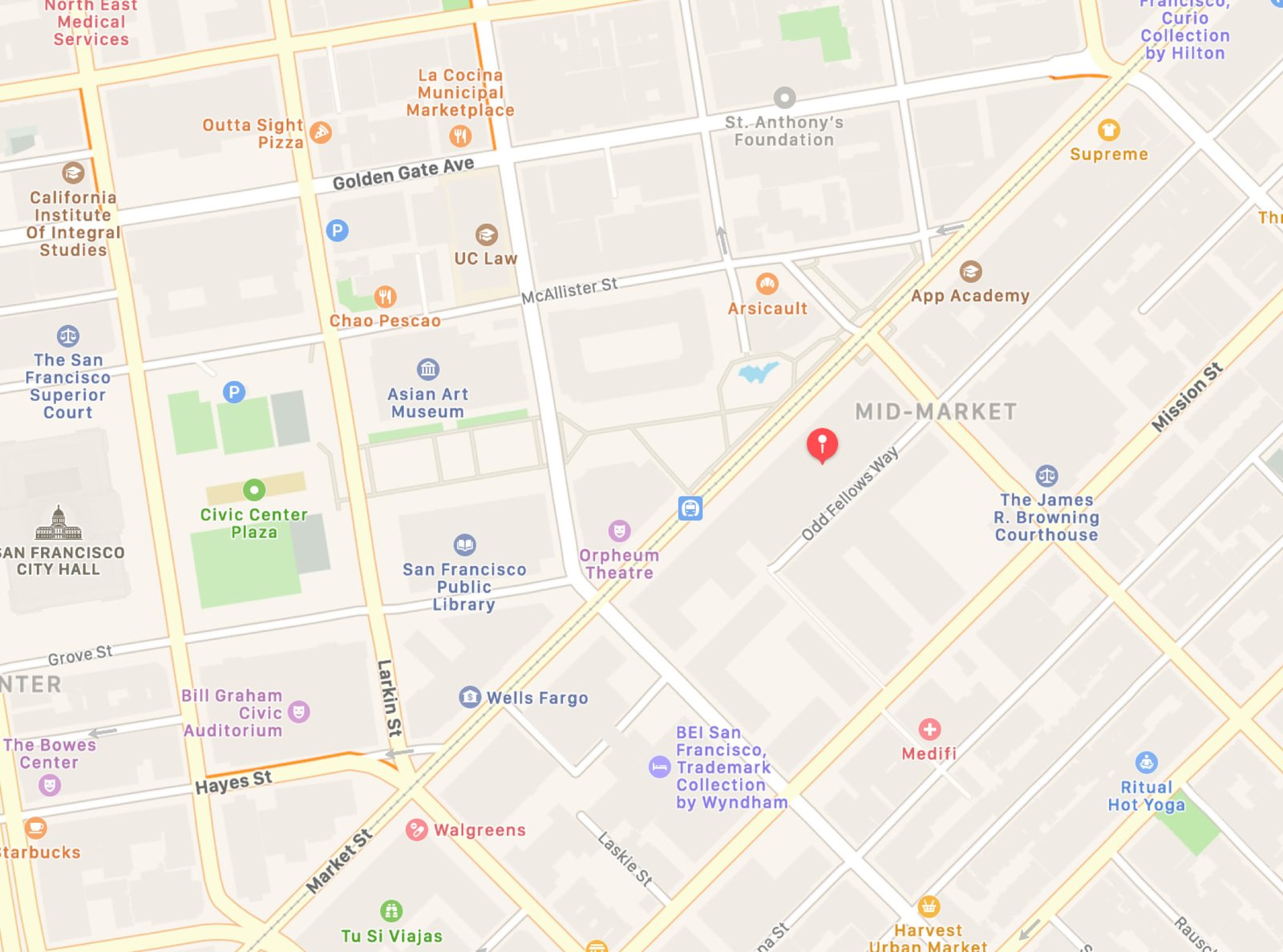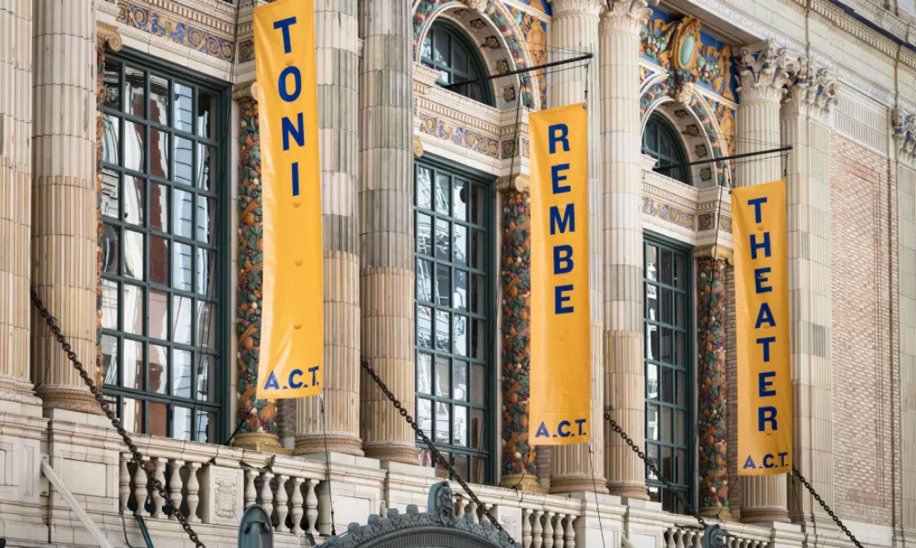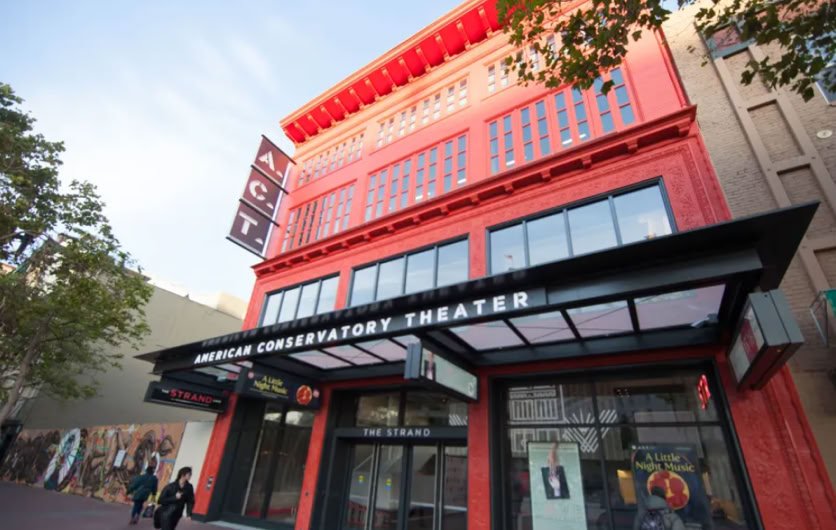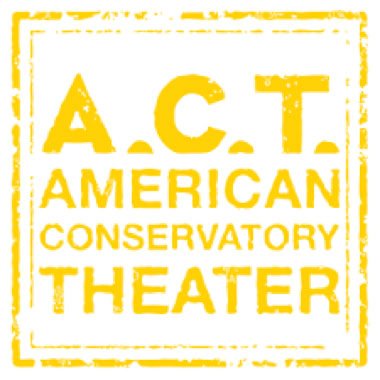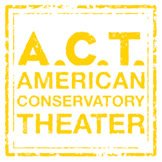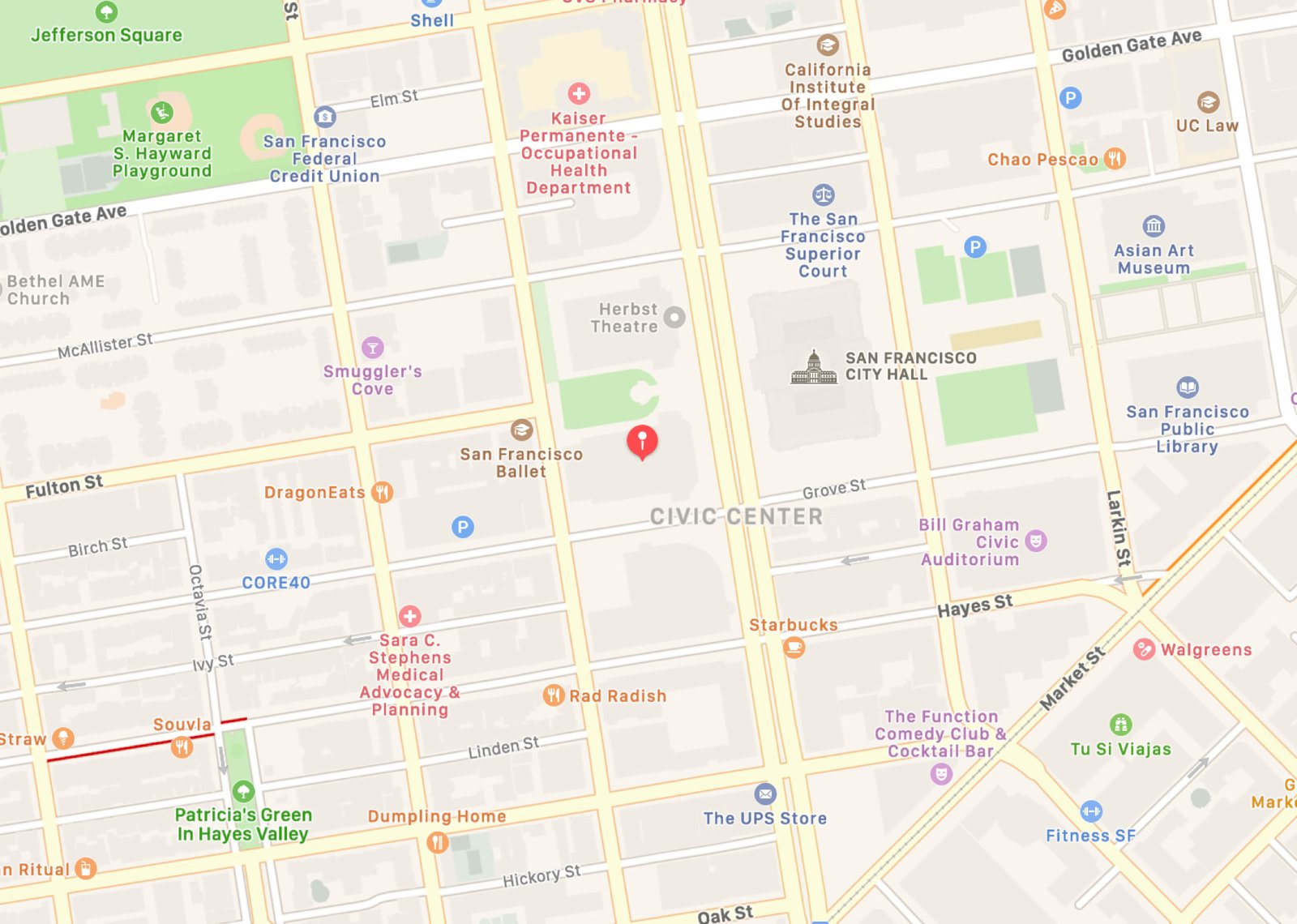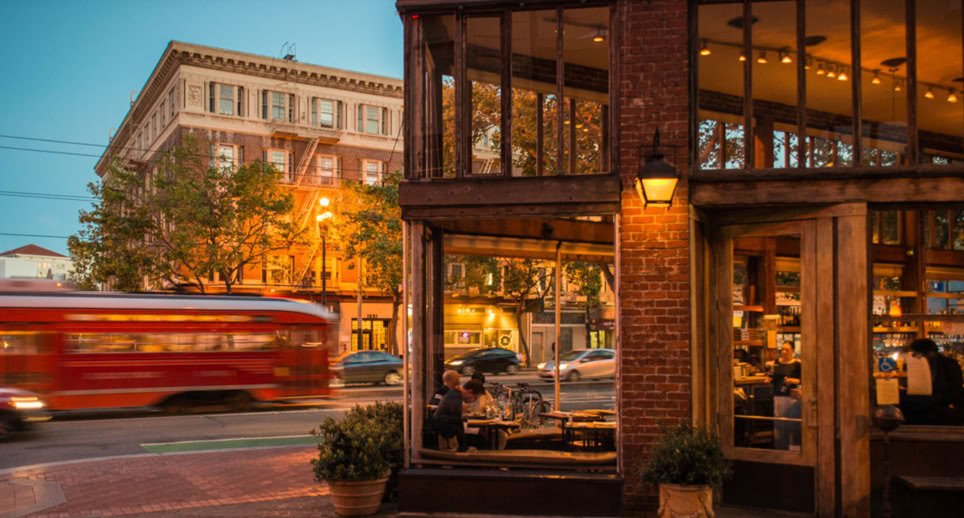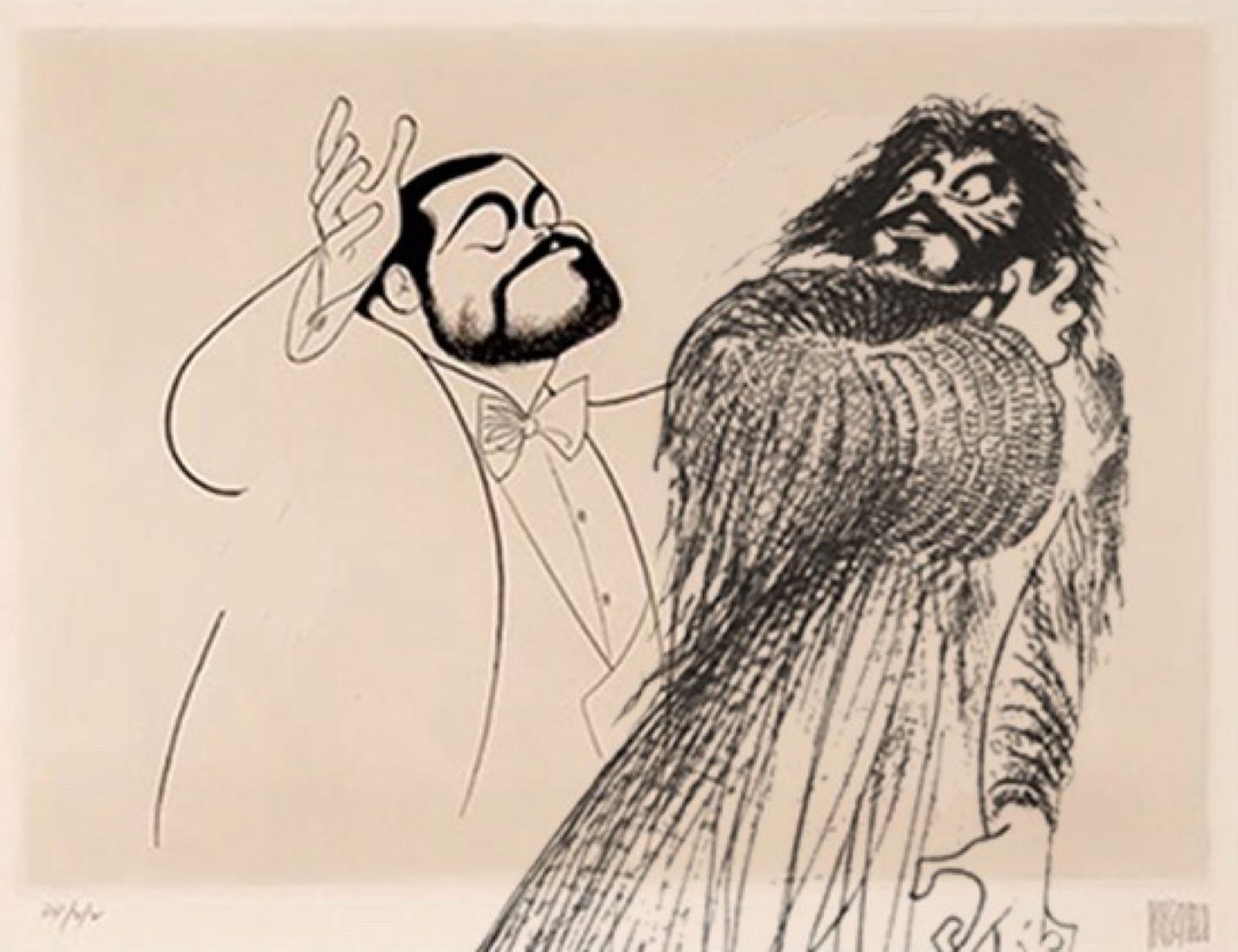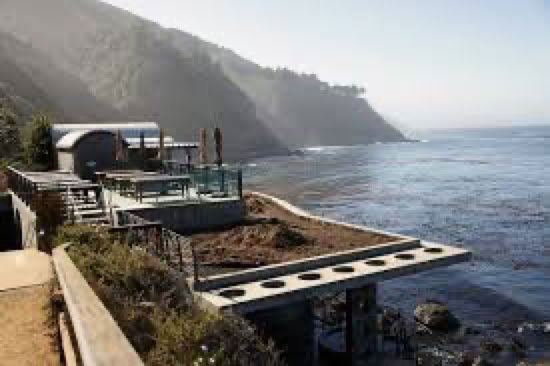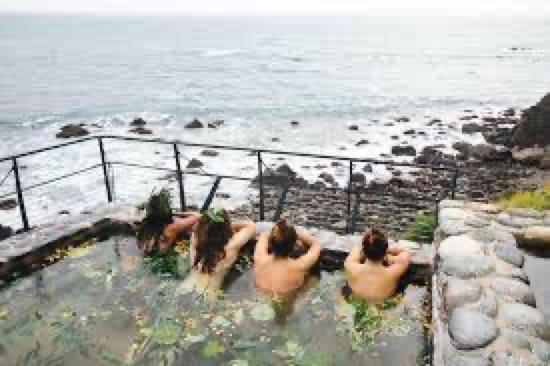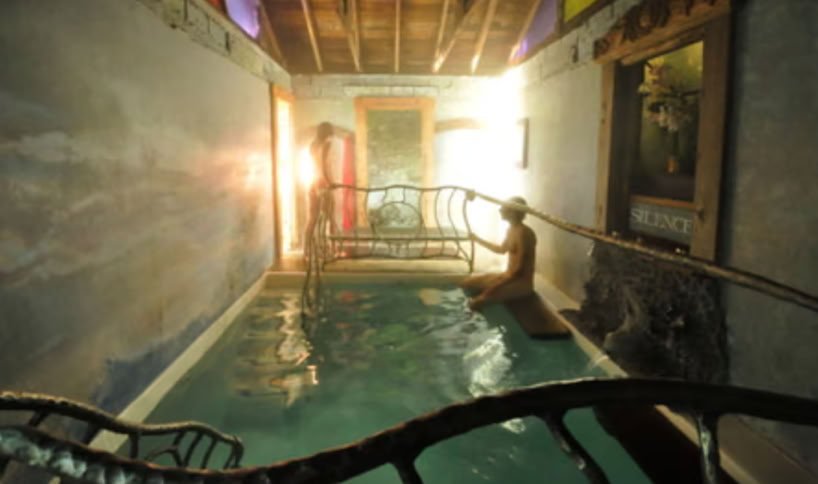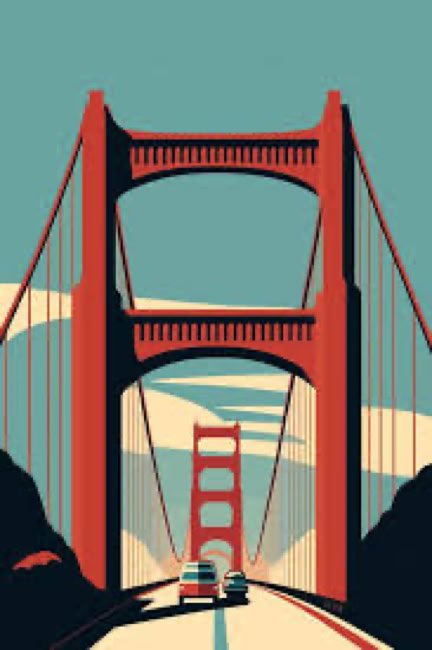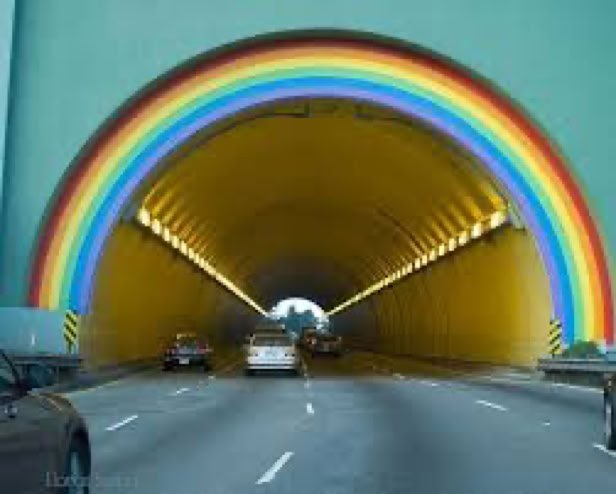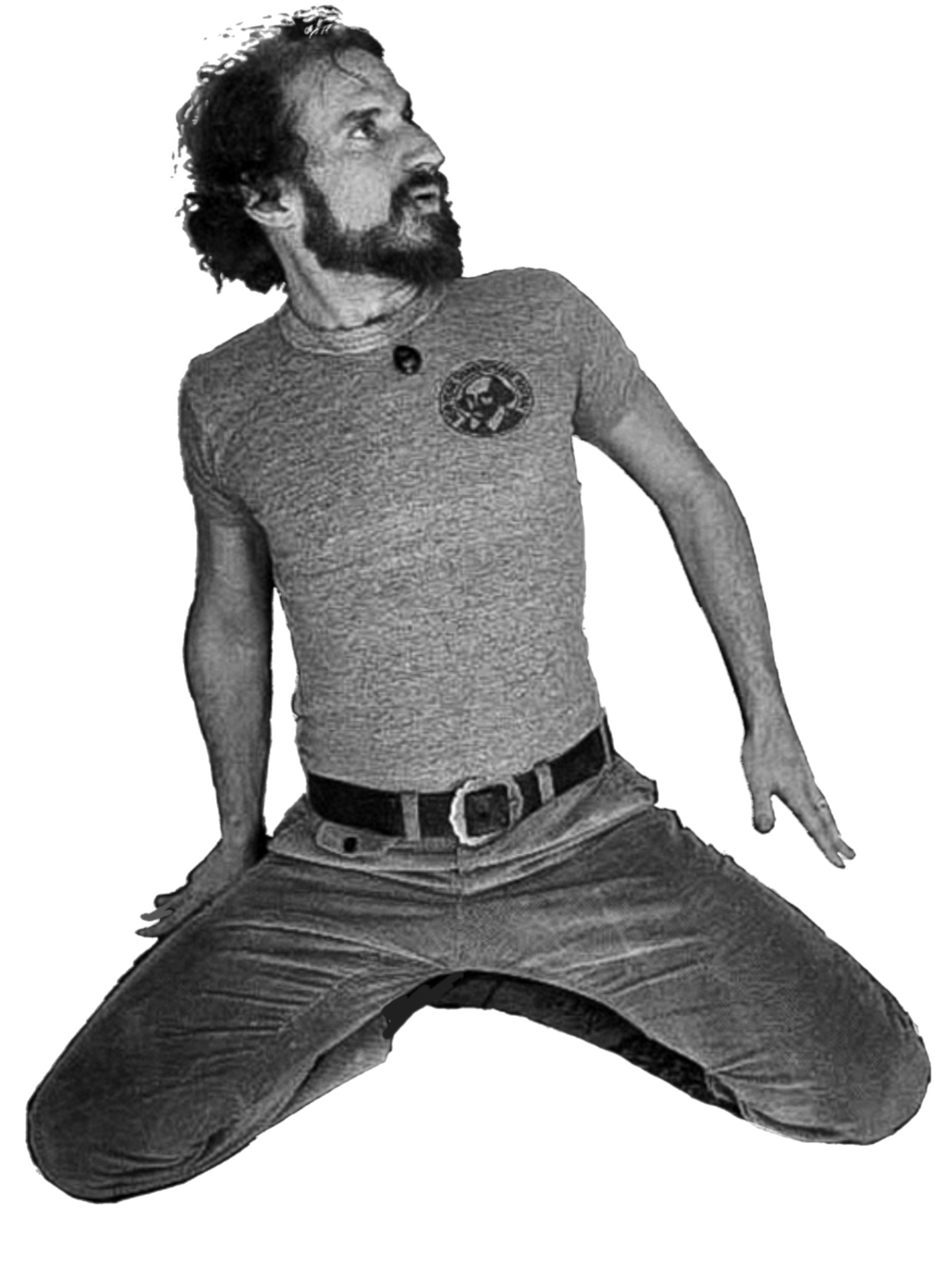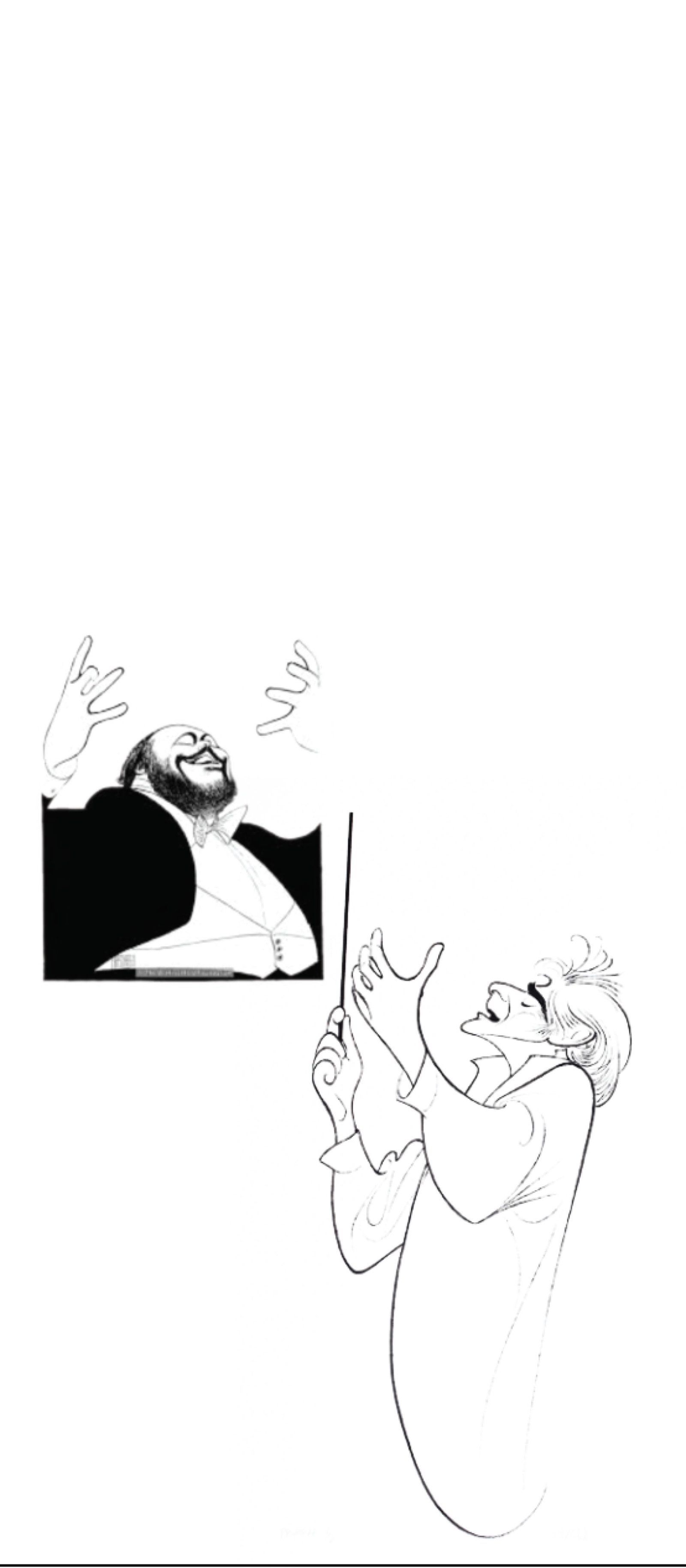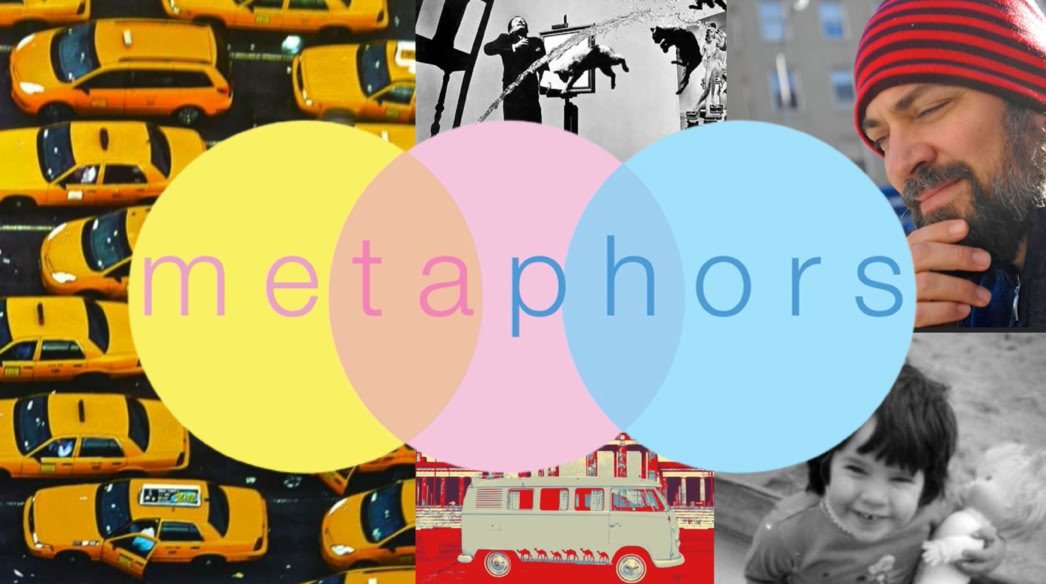Rainbows Reflections
“The Yellow House at 724 Shrader Street was in fact yellow and white, but there was so much more of the former (everything except the gingerbread trim) that it gave its name to the building itself. It was buttercup yellow when every other house on the block was still beige or grey, a full year before San Francisco started flinging money at housepainters on acid, birthing the mid-70s rainbow eruption of polychrome Victorians.”
“I moved into it in October of 1971 with three others. It felt like home from the moment I first stepped through the door. Yet I might have never done so, except for being arrested while singing on the street in Washington a few months earlier. Why, you may ask (my parents did), was I even doing that?”
“A few years later, at the Shrader Street commune in the week prior to Easter, somebody
brought home an eight-inch high chocolate bunny in a pink box with a clear cellophane
window in front. It sat on top of the refrigerator for over a month, an ornamental
presence too cute to eat.”
“The house on Shrader Street, as I observed several dozen pages ago, felt like home
from the moment I first stepped through the door. I was brought there by Joe, who heard
about it from Chuck and Barbara, a divorced couple who, out of unwarranted optimism
born of financial need, thought they could thrive together in a four-person household.
They seemed pleasant enough at first and, though they eventually drove me to thoughts of double homicide, the gap of decades enables me now to thank them for introducing me to what, after they split, became a wonderful home.
The house sat one block east of Golden Gate Park and a block and a half south of
Haight Street, a short walk from the Number 7 Haight bus or the N Judah trolley. Haight-
Ashbury was no longer the hippie utopia of the mid-60s, but neither was it the junkie skid
row it had devolved into. The Haight was on its way back up, as evidenced by the cheerful demeanor of most people you met in the neighborhood. Faces certainly brightened whenever they beheld the buttercup yellow facade of 724 Shrader.
There were two floors. The first, as in so many San Francisco houses, perched
above a street-level garage. To the right a flight of thirteen broad steps led up to the entrance door, beyond a small porch framed by a wooden arch. The parlor, facing the street through a bay window and with an adjoining “salon” room, served as one of the two bedrooms on that floor. Chuck nabbed it, leaving Barbara with the other one (small and dark), separated by a hallway that ran past the bathroom to the back, with the common room on the left, eat-in kitchen and walk-in pantry on the right, and beyond the kitchen an enclosed utility porch from which wooden stairs descended to an ample back yard: a short concrete patio leading from the garage to a neglected grass plot that had obvious garden potential, on one side a huge fuchsia bush, and in a thorny tangle at the back an aggression of blackberry vines. Up a two-landing U-shaped staircase behind a hallway door was the second floor, with two more bedrooms. I chose the one which overlooked the yard and thence the adjacent yards and backsides of the Victorian frame houses along parallel Cole Street. Joe’s room (subsequently Doug’s, Annabel’s, Rich’s, et cetera) was huge, but nothing more than a gloomy unfinished attic, with naked joists, studs and rafters providing atmosphere at the expense of gentility. A small circular window facing the street admitted the only daylight. The garage was a mystery. Wedged along the entire length of it were three enormous papier-mâché clowns, three times life size, in gaudy circus colors, headless, each lying on its back with legs in the air, the neck of one jammed against the tail of the next, like chickens spitted on a rotisserie. Where they came from no one ever learned. And disposing of them took a back seat to more immediate problems.Of all the boxes I shipped via Greyhound, one, the most precious, failed to arrive in San Francisco. It was the box packed with my annotated “core” texts: Huxley, Buber, Jung, Ram Dass, William James, Teilhard de Chardin, favorite plays and novels and poetry, everything that served (in the words of the Airplane’s “White Rabbit”) to feed yourhead. What was the universe telling me by the disappearance of this one box? (In those days I was convinced that the universe was always telling us something; my current hunch is that the universe designed us as a means to investigate itself.) Was this a big lesson in non-attachment, a warning against making books into idols, a reminder that the only truth I needed was already inside me, a cosmic prank, all or none of the above? Greyhound eventually reimbursed me for the loss, without overcoming my sense that the contents were priceless.”
“Joe quit the house to help launch a metaphysical bookstore in Eugene, Oregon with
Hanan, Ron and Sally and Desmond. His hasty exit was fueled by a visit to Shrader house from the jealous, baseball-bat wielding boyfriend of a lady Joe had flirted with. Joe’s immediate replacement was a young actor named Doug who saw our notice in the health food store. He was in a show that was about to go into rehearsal for a February run at the Palace of the Legion of Honor, a new musical with the unlikely title of Long Live the
Bruegel People. In no time I was cast as well. I had a long-term acting job!
“Nora James Percival, known as Jimi, was the wardrobe mistress, and her search for a new home brought her soon to Shrader Street, where she began to lift life at the Yellow House onto a far higher plane.”
“As February of 1972 dawned, Shrader Street seemed on its last legs. The only good
news was that although the house had been sold the new owner was content to be an absentee landlord with a long-term investment. Mike didn’t even raise the rent. A bearded
longhair himself, he was grounded in fairness and empathy and a modest standard of
what was enough. Not every capitalist was insatiable, at least not then. But economics weren’t the problem. Bad vibes were the problem.”
“It was March of 1972 and after barely five months I was now the commune’s senior
member. Doug, in the attic room across from mine, was next in line, but forfeited the position by moving in with his Potrero Hill girlfriend. He was replaced by Annabel, from a
fledgling theater troupe Doug was starting called Shorter Players, all of whom were under five feet six. A redheaded fireplug juggler/acrobat, she had freckles and a ready smile and was a marvel to watch practicing. Her diet was largely grains and vegetables and she enjoyed preparing them for anyone inclined to share.”
.


